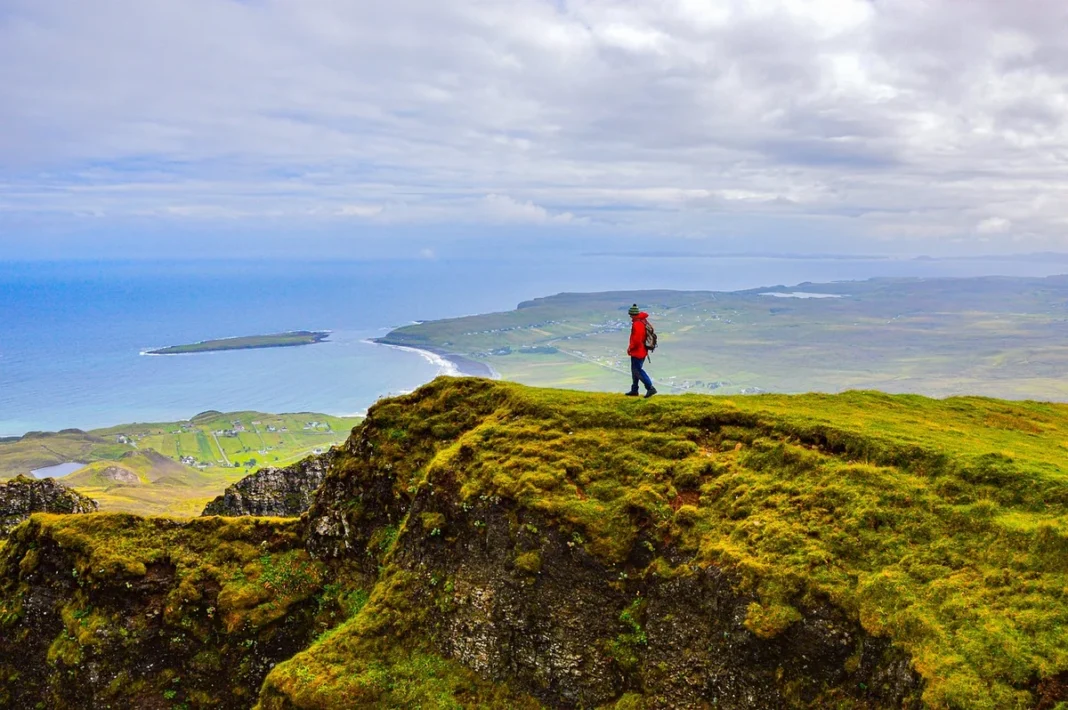When we picture an island escape, we think of swaying palm trees, soft sands, and crystalline waves—an idyllic retreat from the hustle of everyday life. But beneath the surface of these picturesque scenes is a growing challenge: how to preserve the beauty of these fragile ecosystems while still welcoming curious, experience-hungry travelers.
Sustainable travel is no longer a buzzword or a luxury; it’s a necessity. Especially for island destinations that face unique environmental pressures, from rising sea levels to over-tourism, the future of travel lies in conscious choices that protect rather than exploit.
Why Islands Need Sustainable Tourism
Islands are among the most biodiverse yet most vulnerable environments on Earth. Their limited resources, delicate ecosystems, and dependence on tourism make them especially susceptible to the effects of climate change and unsustainable practices. From coral bleaching in the Pacific to plastic pollution washing up on Caribbean beaches, the environmental impact of tourism is evident.
However, with awareness and action, tourism can shift from being part of the problem to becoming part of the solution.
The Rise of Eco-Conscious Travel
More travelers are seeking meaningful experiences that align with their values. This shift has led to increased demand for accommodations and activities that minimize environmental impact, support local economies, and foster cultural respect.
Eco-certified hotels, reef-safe sunscreen, guided nature tours with local experts—these aren’t just niche offerings anymore. They are fast becoming the standard for travelers who want to enjoy paradise responsibly.
For example, travelers heading to Hawaii can choose to stay at a Waikiki resort hotel Honolulu HI that prioritizes both luxury and sustainability. These properties often incorporate energy-efficient systems, eliminate single-use plastics and partner with community organizations to support conservation efforts and cultural education.
Supporting Local Communities
Sustainable travel also means giving back to the communities that make these destinations so special. That might look like shopping at local markets instead of international chains, choosing restaurants that source ingredients from nearby farms and fisheries, or attending cultural workshops led by native residents.
These interactions do more than just minimize your footprint—they enrich your trip. Travelers come away with a deeper understanding and appreciation of the people and traditions that shape the places they visit.
Eco-Friendly Activities with Lasting Impact
Island adventures don’t have to come at a cost to the environment. Hiking, kayaking, paddleboarding, and snorkeling with reef-safe products allow travelers to immerse themselves in nature without leaving damage behind. Many islands also offer opportunities to participate in conservation programs, such as beach cleanups or coral restoration projects, giving visitors a chance to leave the destination better than they found it.
A Better Way to Travel
Sustainable travel isn’t about sacrificing comfort or fun. It’s about making thoughtful decisions before, during, and after your trip that prioritize preservation over exploitation. The island escapes of tomorrow will depend on the actions we take today.
Choosing sustainability doesn’t mean giving up the joy of travel. It means ensuring that the places we love stay vibrant, diverse, and welcoming for future generations of adventurers. So, when planning your next island getaway, consider not just where you’re going but how you can travel in a way that gives back.































